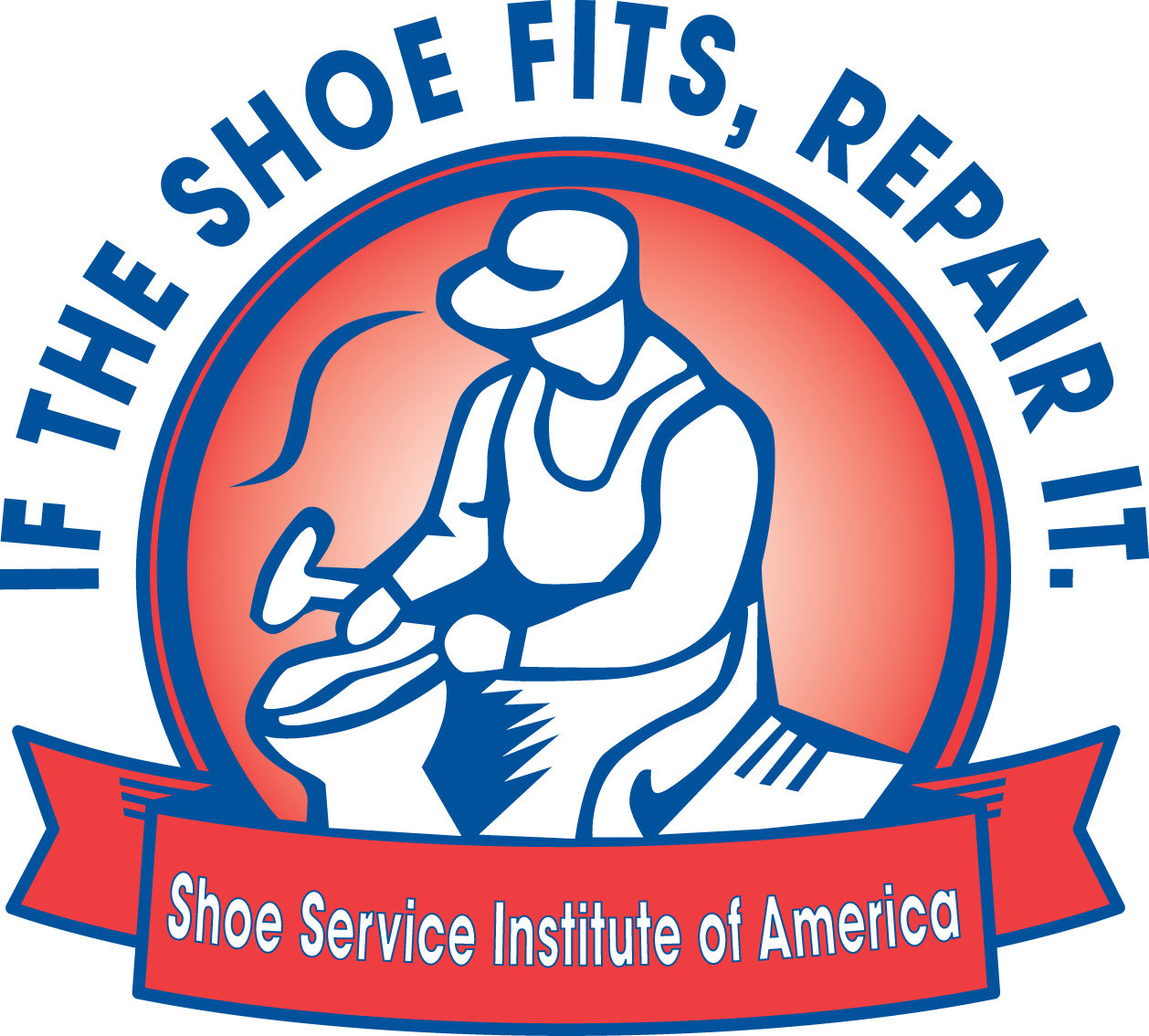History of the Silver Cup Awards
During the mid-1930s, the shoe repair industry stood at a crossroads. The Great Depression was in full force. Public use of shoe repairing was off as much as 75 percent, according to the National Leather and Shoe Finders Association (now SSIA). Thousands of unemployed workers from other industries decided to scratch out a living repairing shoes, which meant lower prices, poorer overall craftsmanship and a less-than-attractive reputation for the industry as a whole.
In order to correct the situation, NLSFA undertook the most massive project in its history. First, there was the Peoria Test, a very expensive consumer research program that identified four areas in which the shoe repair industry needed to improve — shop appearance, workmanship, merchandising and shop management.
Following the Peoria Test was the Peoria Guild Plan. NLSFA produced everything from paint, floor coverings and fixtures to help shop appearance; to displays and advertising materials to help with merchandising; to printed guides with specific information to improve workmanship and management. More than 4,000 shops joined the Guild.
Finally, to recognize those shops with outstanding results in each of these categories, NLSFA created the National Silver Cup Contest. It was designed not only to recognize excellence in the industry, but to bring greater recognition within the industry of what must be done to succeed.
Though the Guild Plan faded over time, the Silver Cup Contest kept going strong. From the late 1940s to the present, it has been a major annual event in the shoe repair industry. Repairers take great pride in winning awards and wholesalers and manufacturers shower the winners with praise and recognition. The Grand Silver Cup is held up as the symbol of excellence for which every shop in the industry should strive.
